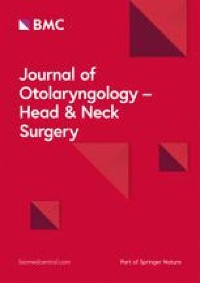Educational Objective
At the conclusion of this presentation, participants should better understand the carcinogenic potential of pepsin and proton pump expression in Barrett's esophagus.
Objective
Barrett's esophagus (BE) is a well-known risk factor for esophageal adenocarcinoma (EAC). Gastric H+/K+ ATPase proton pump and pepsin expression has been demonstrated in some cases of BE; however, the contribution of local pepsin and proton pump expression to carcinogenesis is unknown. In this study, RNA sequencing was used to examine global transcriptomic changes in a BE cell line ectopically expressing pepsinogen and/or gastric H+/K+ ATPase proton pumps.
Study Design
In vitro translational.
Methods
BAR-T, a human BE cell line devoid of expression of pepsinogen or proton pumps, was transduced by lentivirus-encoding pepsinogen (PGA5) and/or gastric proton pump subunits (ATP4A, ATP4B). Changes relative to the parental line were assessed by RNA sequencing.
Results
Top canonical pathways associated with protein-coding genes differentially expressed in pepsinogen and/or proton pump expressing BAR-T cells included those involved in the tumor microenvironment and epithelial–mesenchymal transition. Top upstream regulators of coding transcripts included TGFB1 and ERBB2, which are associated with the pathogenesis and prognosis of BE and EAC. Top upstream regulators of noncoding transcripts included p300-CBP, I-BET-151, and CD93, which have previously described associations with EAC or carcinogenesis. The top associated disease of both coding and noncoding transcripts was cancer.
Conclusions
These data support the carcinogenic potential of pepsin and proton pump expression in BE and reveal molecular pathways affected by their expression. Further study is warranted to investigate the role of these pathways in carcinogenesis associated with BE.
Level of Evidence
N/A Laryngoscope, 2022






